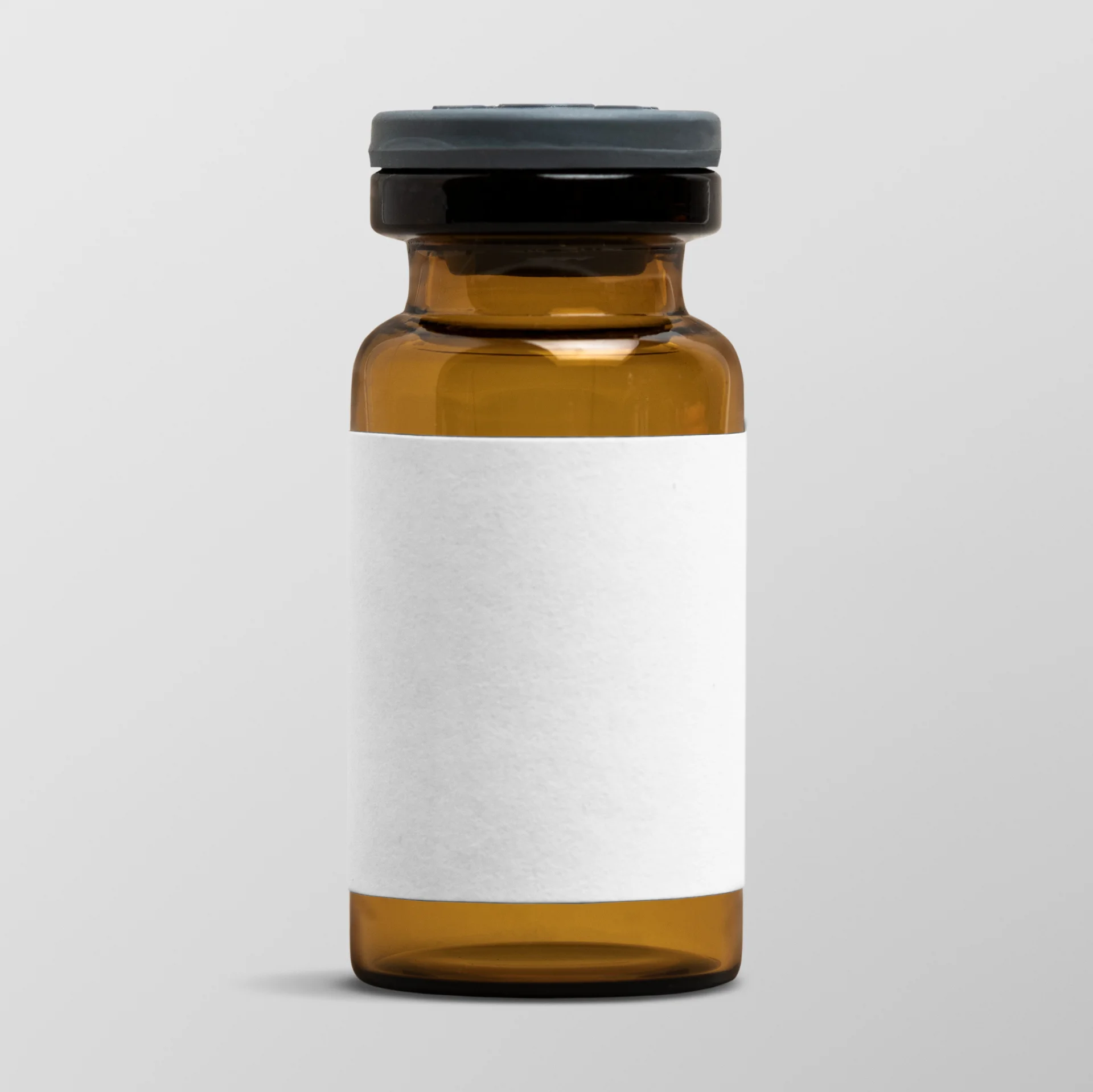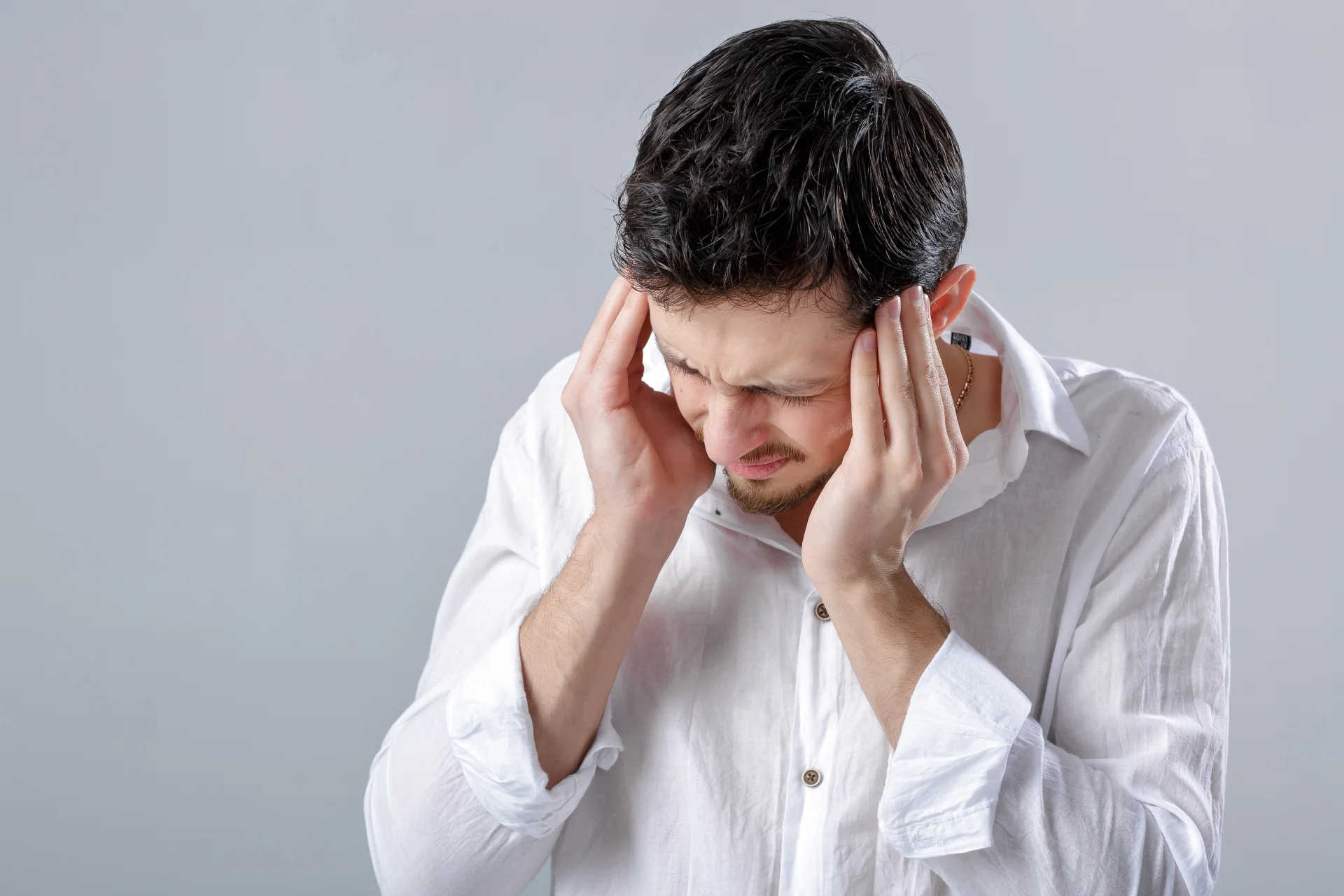Focalin Addiction Treatment in Long Island
Our Long Island Focalin guide explains how dependence develops, the crash and key risks, and how safe tapering, therapy, and harm-reduction steps support recovery with confidential referrals and ongoing aftercare support.
Covered by most insurance plans
Available to help you 24/7
Table of Contents
Stimulant misuse is treatable and getting matched to the right Long Island care improves outcomes. Focalin (dexmethylphenidate) can be life-changing for ADHD when taken as prescribed, but non-medical use, dose escalation, or combining it with other substances can lead to dependence, mood instability, and health risks. Recovery here typically blends structured tapering when appropriate, evidence-based therapy (CBT, Contingency Management), ADHD-informed medication planning (including non-stimulant options), and family/school/work supports. Long Island Interventions provides confidential placement into vetted Nassau/Suffolk programs (adolescent and adult; inpatient, PHP/IOP, outpatient, psychiatry) that fit your goals, schedule, and insurance.

How Focalin Works and How Misuse Develops
Dexmethylphenidate increases synaptic dopamine and norepinephrine, improving focus and impulse control. With misuse (taking higher/frequent doses, crushing/snorting, mixing with other stimulants), the brain’s reward circuit adapts tolerance rises, everyday activities feel “flat,” and use shifts from performance enhancement to avoiding a crash (fatigue, low mood, irritability). Red flags include taking without a prescription, dose stacking before exams/shifts, “doctor shopping,” or using to counter alcohol/sedatives.
Health Risks That Warrant Prompt Help
- Cardiovascular: hypertension, palpitations, chest pain, arrhythmias; higher risk with energy drinks, decongestants, or MAOIs.
- Psychiatric: anxiety, insomnia, agitation; at high doses paranoia, aggression, stimulant-induced psychosis, suicidal thoughts during “crash.”
- Growth & appetite (youth): appetite suppression and slowed growth; needs regular height/weight checks.
- Pregnancy: potential risks to parent and fetus; coordinate alternatives with OB and psychiatry.
- Counterfeit pill risk: Never buy “study drugs” online/from peers; illicit tablets can contain fentanyl or meth—avoid non-prescribed pills and mixing with alcohol/benzodiazepines.

Withdrawal/“Crash”, What to Expect
Stopping heavy or prolonged misuse typically causes a psychological withdrawal: profound fatigue, hypersomnia/insomnia, anhedonia, anxiety, depressed mood, irritability, vivid dreams, and strong cravings. Symptoms peak over 2–5 days and improve in 1–2 weeks; low mood and sleep disruption can linger (“post-acute” phase). Emergent signs: chest pain, severe agitation/psychosis, or suicidal ideation, call 911.
Stabilization & Treatment Options on Long Island
- Outpatient taper & monitoring: For medically stable clients supervised dose reduction (when prescribed use escalated), sleep restoration, nutrition, and weekly psychiatry/therapy.
- PHP/IOP or Residential: Recommended for severe use, polysubstance involvement, co-occurring mood disorders, psychosis, or unsafe home environments. Daily groups, psychiatry, and skills training reduce relapse risk.
- Adolescent tracks: Family-based care (parent coaching/CRAFT), school coordination, executive-function coaching, and growth monitoring.
Medications: What Helps (and What Doesn’t)
There’s no FDA-approved “anti-stimulant” detox drug. Care focuses on symptom relief and ADHD-informed planning:
- Sleep/anxiety/irritability: behavioral sleep plan first; short-term non-addictive aids (melatonin, hydroxyzine, trazodone) when appropriate.
- Depression during crash: careful assessment; consider antidepressants if a persistent disorder is present not just for a transient crash.
- ADHD, post-stabilization: consider non-stimulants (atomoxetine, guanfacine XR, clonidine ER, bupropion) and coaching before any return to stimulant therapy; if stimulants resume, use long-acting forms, lowest effective dose, observed dosing, and diversion-prevention plans.
Therapies With Strong Evidence for Stimulant Use Disorders
- Contingency Management (CM): Immediate rewards for negative drug screens/goal completion the most effective approach for stimulants.
- CBT/Relapse Prevention: trigger mapping (deadlines, all-nighters, social pressure), thought restructuring, and “If-Then” coping scripts.
- DBT skills: emotion regulation and distress tolerance for urge surges and rejection sensitivity common in ADHD.
- CRA (Community Reinforcement) & Coaching: rebuild sober routines, sleep, exercise, and executive-function supports (planners, study pacing).
- Family work (adolescents/young adults): CRAFT, boundaries, medication stewardship, and safe storage (lockbox).
School & Work Coordination
We frequently coordinate with Long Island schools/colleges (e.g., Hofstra, Adelphi, Stony Brook, LIU) and employers to arrange privacy-protected documentation for course-load adjustments, testing accommodations, or return-to-work plans so recovery and performance can coexist.

Harm Reduction & Safety
- Never mix with alcohol, decongestants, or “uppers/downers” cycles; avoid energy drink stacking.
- Use only medications prescribed to you; store in a lockbox; keep a simple written dosing plan.
- Chest pain, severe headache, one-sided weakness, extreme agitation/psychosis, or suicidal thoughts = emergency care.
How Long Island Addiction Resources Helps
We don’t operate a detox or rehab unit. We’re a confidential care-navigation and intervention service on Long Island. We verify benefits and match you with vetted local programs (adolescent/adult; residential, PHP/IOP, outpatient therapy/psychiatry) that provide CM, CBT/DBT, ADHD-informed medication management, and family support. We coordinate professional interventions, step-up/step-down care, aftercare (peer groups, coaching), and relapse-prevention planning.
Start today
If you or a loved one are ready to end your alcohol and drug use, there are many recovery options available near you in Long Island
Are you ready to take back control over your life?
Making the decision to seek help is one of the hardest and bravest steps you can take. We know that the recovery process is not always easy—there may be challenges along the way—but every step forward brings you closer to a life free from the weight of addiction.
Find treatment options covered by insurance















Let today be
your Day 1
We'll get on a call, assess your health history, and verify your insurance. Today is Day 1. We can't wait to celebrate Day 1000 with you!
Fill out this simple form and we’ll call you right back.
Frequently Asked Questions
We'll get on a call, assess your health history, and verify your insurance. Today is Day 1. We can't wait to celebrate Day 1000 with you!
Who is most at risk for Focalin misuse on Long Island?
Teens, college students, and professionals seeking focus or academic performance enhancement are most at risk, as are individuals with untreated mental health concerns like anxiety or ADHD.
What are the signs of Focalin misuse or addiction?
Warning signs include taking extra doses, insomnia, weight loss, agitation, secrecy, irregular heart rate, mood swings, and using Focalin to cope with stress or fatigue.
What are the symptoms of Focalin withdrawal?
Withdrawal symptoms include tiredness, mood swings, difficulty concentrating, anxiety, depression, vivid dreams, and increased appetite.
Are there non-stimulant alternatives for ADHD treatment?
Yes. Non-stimulant medications like atomoxetine, guanfacine, or bupropion may be used to manage ADHD symptoms safely during or after stimulant recovery.
How can families support a loved one in recovery?
Families can participate in therapy, set healthy boundaries, and work with school or work teams to create structured environments that support accountability and long-term recovery.
